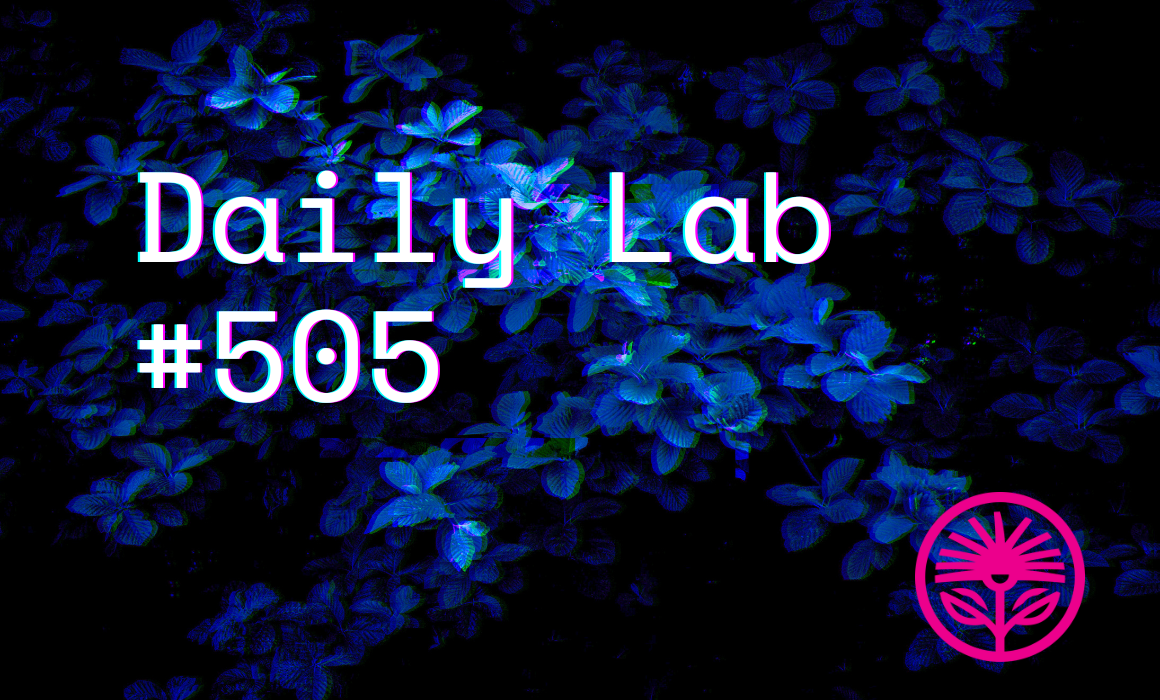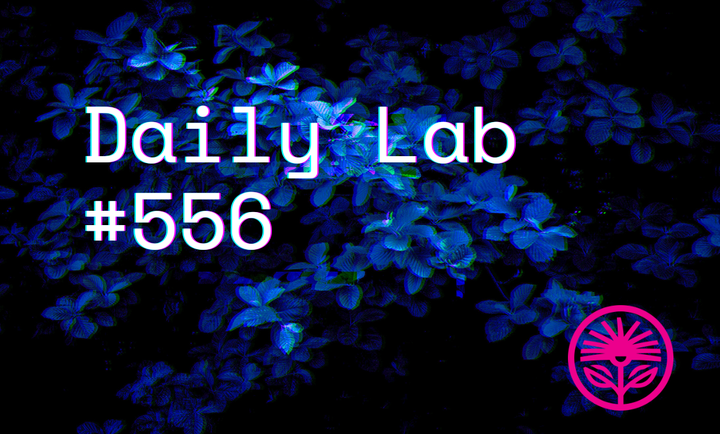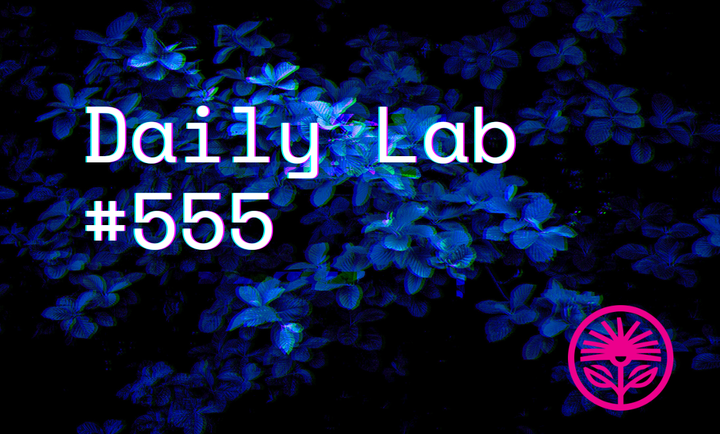The easiest website I ever wrote — Kelford Labs Daily
Was the most difficult.

It’s funny how making things more difficult can often make them easier.
Years ago, I was contracted by a marketing agency holding company to create the content strategy and website copy for a half-dozen or so of their agencies around the world.
All the agencies did more or less the same thing, just in different countries on different continents.
My job, however, was to make each agency feel distinct.
Sometimes I’d get the chance to interview the leadership of a particular agency and dig into how they thought about their work and what set them apart.
But, occasionally, that wasn’t possible and, timelines being what they are, we had to write the website copy without much time for research.
As a communicator, I’m pretty sure you’ve found yourself in a similar situation.
Heck, maybe your own website is in this category: It needs to be done but you don’t have the time to do it.
Well, here’s what I did for one of those agency websites that had to be done fast and without a ton of background:
I made it more difficult on myself.
I knew that if I followed my process, I would get a good result. But part of that process requires constraints, limitations, boundaries. So first I had to find them.
Confidentiality requires me to be a bit sketchy on the details, but I can say that the agency is located in a city with a connection to a famous 20th-century American novelist.
So I asked myself, how would he have written this website? If he were brought to the future and tasked with this job (and, for whatever reason, he agreed to it), what might he do?
That gave me the style, the voice, the manner of the copy.
Next, I needed the form, the structure, the behaviour. So, given that I was in the spirit of a novelist, I decided to lean into the continuity of the copy. I created a structure for the content that allowed every page to be read from top to bottom, or bottom to top, and it all make perfect sense.
More than that, the first line and last line of every page would naturally and fluidly connect to the first and last line of every other page.
So no matter how you read it (I guess unless you decided to start reading in the middle of every page?) everything felt continuous and connected.
And you know what? It was the easiest agency website I ever wrote.
In Adam Morgan’s A Beautiful Constraint, he writes:
“Researchers found that when you put up a fence around a playground, children will use the entire space. ... But if those walls are removed, creating a wide-open playground, the space the children choose to play in contracts: they stay toward the middle and the stick to each other, because that’s what feels safe. This ... is what happens in the creative process. When there are no clear limits in the brief itself, we aren’t sure what boundaries to explore and push against.”
And isn’t that the key to the creative process?
By giving myself a set of creative constraints, the formal corporate content became so much easier to produce. Because I had boundaries, I could stretch to the very edges.
So here’s what I’m saying:
You’re struggling to write your own website copy, aren’t you? That’s not because you’re a bad communicator, it’s because you’re a good one.
You have so much to say.
But because you have too many options, you’re playing it safe and getting nowhere at all.
It’s a little like the Buffet Problem: When you can do everything, you end up saying too much, and people wonder what you’re actually good at.
So, for people like us, constraints are not a hack, they’re not arbitrary gimmicks.
They’re a vital part of the process, because otherwise we’ll say too much, to too many people, about too many things: On our website, in our social posts, in our ads.
But when we create constraints for ourselves, we’re able to say exactly the right thing.
At the right time.
In the right way.
Reply to this email to tell me what you think, or ask any questions!
Kelford Inc. shows experts the way to always knowing what to say.



